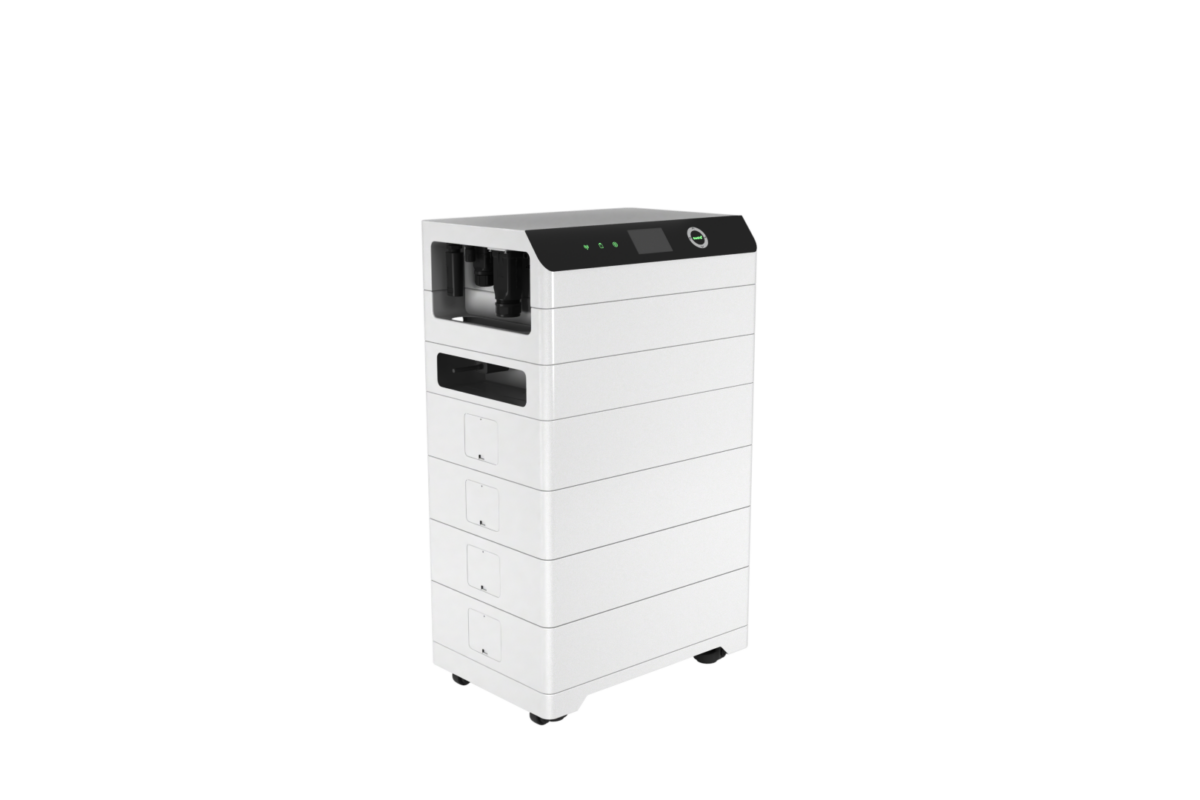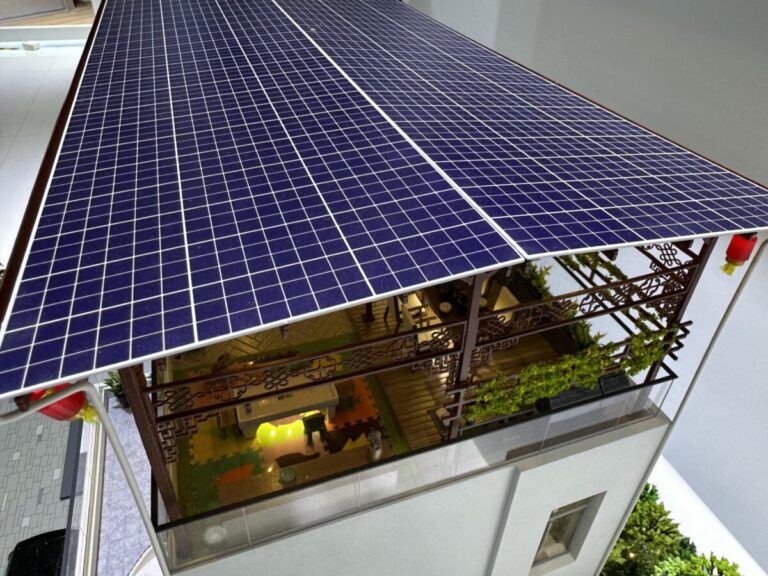Scientists in Australia have shown how pre-cooling and preheating in Australian buildings can be implemented with the support of surplus solar energy. Their analysis has shown that summer has the highest potential for reducing air conditioning.
Researchers from the University of New South Wales (UNSW) in Australia have investigated how excess solar energy from PV installations on the roof can be used for pre-cooling and pre-heating (SPCAH) for solar energy in residential buildings.
“SPCAH helps to reduce the later demand for air conditioning or heating, making our energy consumption more efficient,” said the author of the research leader, Gloria Pignatta, said PV -Magazine. “Unlike many studies that depend on theoretical models, this research uses real data from 450 Australian households. By doing this, it paints a realistic picture of how much energy can be saved and how many carbon emissions can be reduced in daily life for the Australian context.”
The research group explained that SPCAH is based on the use of AC system for reverse cycle air conditioning (AC) to convert excess solar energy-surplus into thermal energy, which is then entered into the thermal mass of a building, whereby this thermal mass is reinforced in the heating system. “This approach reduces the cooling or heating demand in the late afternoon and early evening,” it emphasized.
The scientists categorized the building materials in the analyzed buildings in three type by light, medium and heavy weight. They then simulated the thermal performance of nine construction types in Adelaide, Brisbane, Melbourne and Sydney. They also developed an aggregated thermal dynamic model (ATDM) based on the indoor temperature per hour, AC demand, solar radiation and outside temperature.
Image: Unsw, Energy and Buildings, CC by 4.0
The simulations showed that Spcah helps to reduce the AC question in summer and winter compared to fall and spring, with the highest level of maximum demand reduction reported for a building in Brisbane.
“In the spring and summer, the implementation of SPCAH enables buildings to achieve emission reductions of around 30% of the total emissions for the respective seasons,” the academics emphasized. “In the fall, however, the impact of SPCAH on emission reduction is at least at all locations and construction types.”
Their findings can be found in the newspaper “Reducing greenhouse missions of Australia’s housing stock by pre-cooling and preheating for solar energy“Published in Energy and buildings.
“By taking into account factors such as the size of air conditioning systems and the comfort level of people, the study offers a detailed view of how this energy -saving strategy works in different types of houses. This practical insight can help homeowners save money on energy drawings, while contributing to a more stable electricity net”, “The approach cleverly corresponds to the surplus solar energy with moments when the Power Grid would otherwise waste renewable energy. By using this ‘remaining’ energy, the method helps to reduce the need for fossil fuel-based electricity, reducing the emission of greenhouse gases.”
In 2022, another research group under the leadership of Gloria Pignatta investigated how PV generation on the roof could be used to lead air conditioners (AC) to pre-cool residential and commercial buildings. This work identified various factors that can help reduce the energy costs of a building.
This content is protected by copyright and may not be reused. If you want to work with us and reuse part of our content, please contact: editors@pv-magazine.com.
Popular content



